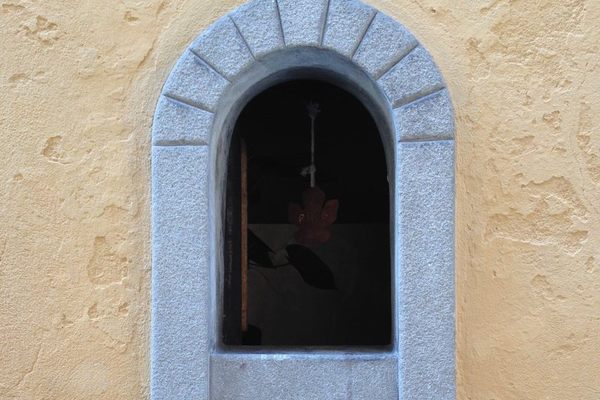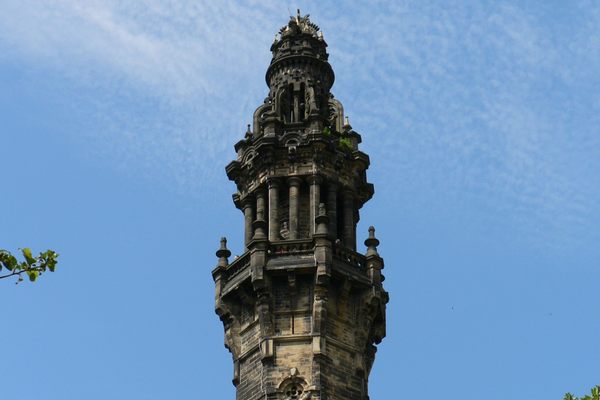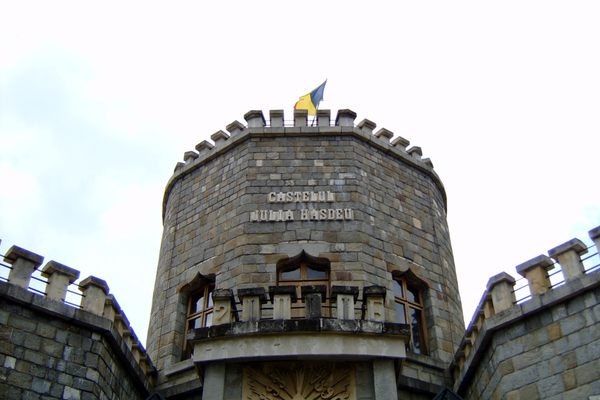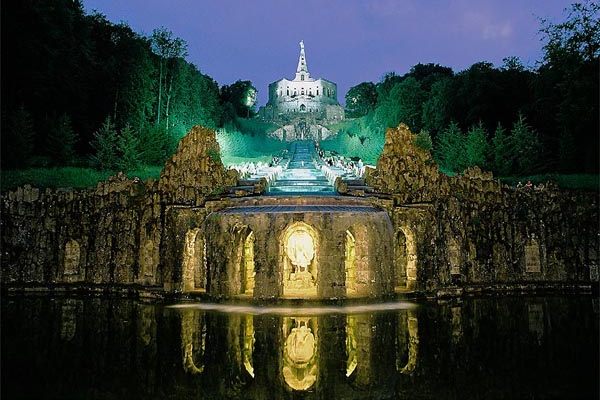Buontalenti Grotta
A large grotto built in the 16th century amidst Florence's famous Boboli gardens.
The biggest of the three grottoes - along with the Mose Grotto and the 19th-century Adam and Eve Grotto - in the area, Buontalenti roughly translates to, as one might suspect, large grotto. But that’s just regional slang, something that has come into effect over the last four hundred or so years. Buontalenti is actually the last name of Bernardo, the architect who realized the structure sometime between 1583 and 1593.
Placed in the Boboli Gardens in Florence, giving tourists a lot more than just a cave to look at, the Buontalenti Grotto was commissioned by Francesco I de’ Medici in order to complete the previous Vasari project, a complicated plan to create a huge nursery garden which was left unfinished.
On both sides of the pillared entrance to the Buontalenti Grotto there are two niches with sculptures representing Ceres and Apollo. Both crafted by Baccio Bandinelli, the pieces were originally part of Vasari’s nursery.
Gorgeous though they are, the two sculptures are hardly the most impressive or eye-catching piece of the structure. The facade is completely overlaid with concretions similar to stalagmites. The tympanum is displayed in the center and the Medici coat of arms is supported by two mosaic feminine figures symbolizing Peace and Justice. The background of the facade, on which all of this sits, is decorated by mosaic frames containing sea goats and other mythical designs.
Once inside, visitors notice that the Buontalenti Grotto is divided into three communicating rooms. The first, bigger than the other two, has walls decorated with fake stalactites and stalagmites, sponges, stones, and shells that are laid out to resemble anthropomorphic figures. Carved by Pietro Mati, these designs are meant to resemble a natural grotto - with a twist.
Here, in the main room of the Grotto, is a hole in the center of the ceiling where a fishpond was once set. (Before the restoration, the entire place was filled with waterworks, including sluices, which forces the water to create iridescent shimmers on the walls.) The hole is set in the center of ceiling frescoes that represent an arbor with wild animals and satyrs designed by Bernardino Poccetti.
The second room is decorated in much the same way as the first, with frescoes that show Minerva and Giunone. The designs frame two niches. The third room also has niches and frescoes, but has an additional element that helps it to stand out: a green marble fountain. The ceiling in this room, the third, resembles a sky with flying birds.
Community Contributors
Added by
Edited by
The Atlas Obscura Podcast is Back!






















Follow us on Twitter to get the latest on the world's hidden wonders.
Like us on Facebook to get the latest on the world's hidden wonders.
Follow us on Twitter Like us on Facebook